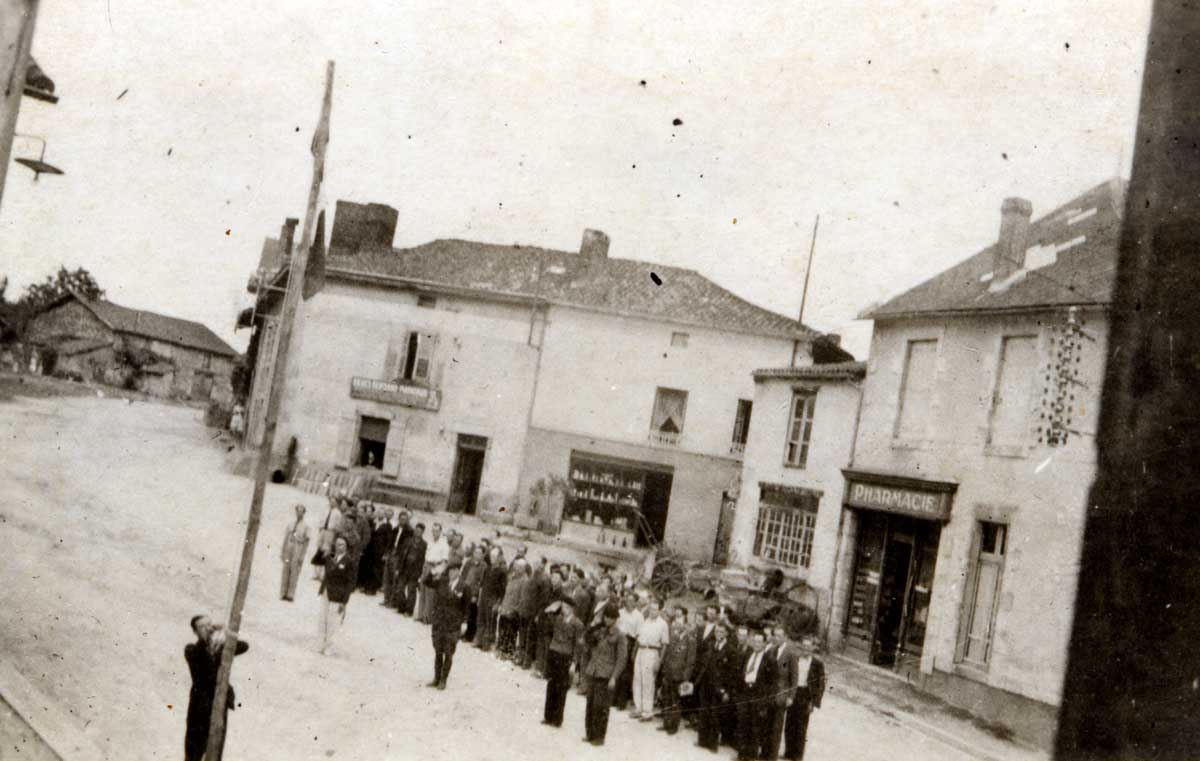More than a Memory
Oradour-sur-Glane is now known as a memorial to a brutal massacre, but the lives of its inhabitants have been neglected.

Set in a valley beside a meandering river in the rolling Limousin countryside, Oradour-sur-Glane was known for centuries as a quiet spot, ideal for weekend visits to fish or swim. General Charles de Gaulle later painted it into France’s collective memory as a lost idyll, a wholly French bourg, which represented all that France had endured during its years of occupation. On Saturday 10 June 1944, just four days after the Allies landed in Normandy, 643 men, women and children were killed by the SS Panzer Division ‘Das Reich’ in a massacre that would become infamous. Within a year de Gaulle ordered the burnt-out shell of the village to be preserved as a memorial of France’s selfless sacrifice. Its people’s names, occupations and backgrounds were subsumed by a singular story of martyrdom and innocence.
